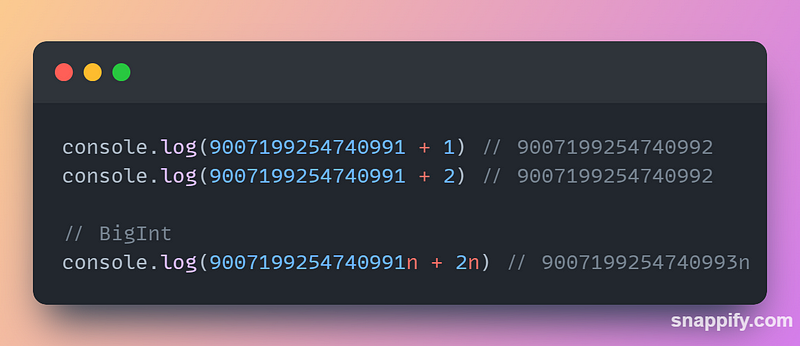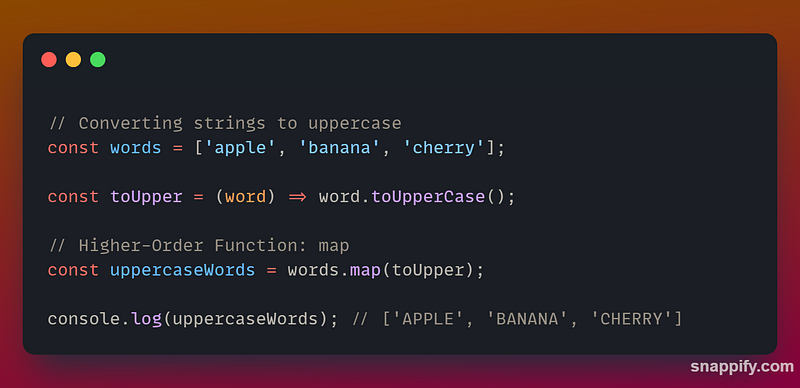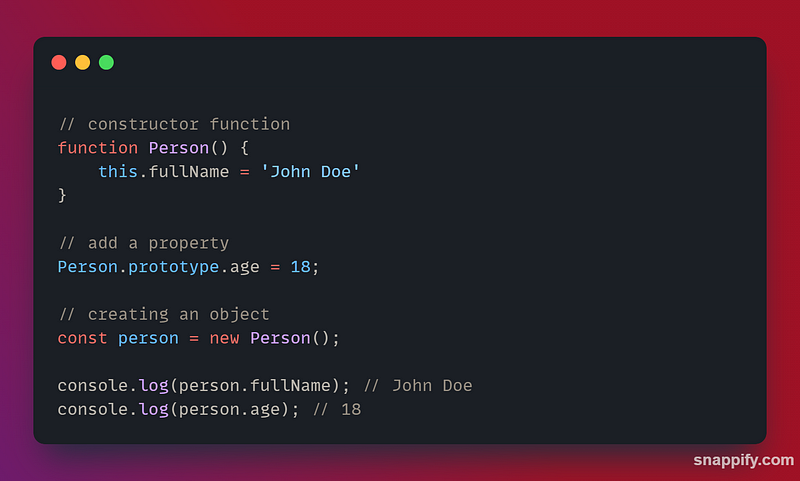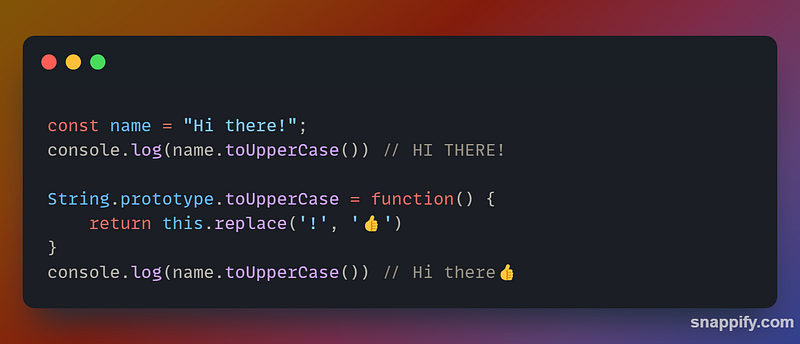
In the ever-evolving world of web development, JavaScript reigns supreme. From crafting dynamic, interactive websites to powering complex server-side applications, its versatility knows no bounds. Yet, beneath the surface of this wonder lies a terrain of hidden complexities and subtle challenges that can trip even the most seasoned developer.
Fear not! 😁 This article delves into the nuanced world of JavaScript imperfections, unveiling its hidden quirks and equipping you with the essential insights to navigate them efficiently🕺🏻.
The Imperfections of JavaScript
1- Floating-Point Arithmetic Precision

As you can observe in the snippet, the sum of 0.1 and 0.2 does not precisely equate to 0.3; instead, it yields 0.30000000000000004. This unexpected result emerges due to JavaScript’s use of a floating-point representation for numbers, introducing imprecision in the representation of certain decimal values. While this challenge is not exclusive to JavaScript and is present in many programming languages, it’s crucial to be aware of this subtlety to ensure the development of robust and accurate code.
2- Precision Limitation with Large Numbers

When we add 2 to 9007199254740991, the result isn’t 9007199254740993, as we might expect. Instead, it turns out to be 9007199254740992. While this outcome may be surprising, it emphasizes a crucial aspect: the precision of numerical calculations in JavaScript is notably affected when numbers deviate from zero, whether in the positive or negative direction. To address this limitation, JavaScript introduces BigInt, denoted by appending n to numeric literals.
3- Primitive Variables as Pointers

The final JavaScript quirk we’ll explore here involves how variables of primitive types are handled in memory. Contrary to the expectation that variables directly hold values, they, in fact, point to values. Consider the scenario where variables x and y are both assigned the value 2; surprisingly, the number 2 isn’t stored in two separate memory locations. Instead, x and y act as pointers to the same memory location.
However, for objects, the scenario changes. The values exist twice in memory. As demonstrated in the example, comparing two empty objects results in false because these objects are distinct instances in memory. Conversely, comparing two primitive values returns true because primitive values themselves are compared directly.
Essential Insights in JavaScript
1- Higher-Order Functions (HOF)

The initial essential insight we’ll explore is High-Level Functions (HOFs), which are widespread in JavaScript. We encounter them regularly without always recognizing their presence. These are functions that take other functions as parameters and return a function. Among the HOFs integrated into JavaScript, we can cite essentials such as map, reduce, and more.
As illustrated in the example above, passing a function as a parameter is feasible. In JavaScript, functions are treated as objects, offering remarkable flexibility in manipulating and passing functional behavior.
2- Prototype

The prototype is a mechanism enabling the addition of new properties or methods to all existing objects of a specific type. Every JavaScript object inherits properties and methods from a prototype, and every function and object inherently possesses a property named prototype.
In the provided example, the constructor function doesn’t initially have a property called age. However, with the prototype, we can seamlessly add the property, and everything functions as expected. This showcases the dynamic nature of prototypes, allowing developers to extend and enhance the capabilities of objects and functions as needed.

Another thing you need to know is that when you declare a string, the variable might not inherently possess methods like split or replace. In such cases, when you invoke these methods, JavaScript accesses their prototypes. For instance, when you attempt to call the split method on a string, the method doesn’t directly exist on the string itself but rather on its prototype. The given example illustrates that you can even have fun altering the already-defined prototypes in JavaScript, defining custom behaviors when the methods are called.
3- Hoisting

The final insight we’ll delve into is hoisting, a mechanism that involves virtually moving the declaration of a variable or a function to the very top of its scope during code analysis by the JavaScript interpretation engine.
In the example above, one might expect the interpreter to return a ReferenceError since the variable x is used before being declared. However, the console displays undefined because the hoisting mechanism virtually transforms the initial code (part one) into a configuration similar to the one in part two.
Conclusion
In JavaScript, where imperfections and lesser-known features coexist, developers navigate a landscape that is both stimulating and empowering. From nuances like the precision of numerical calculations to the intriguing mechanism of hoisting, understanding these imperfections unveils the inner workings of the language. Exploring insights, such as Higher-Order Functions (HOF) and the power of prototypes, equips developers with tools to enhance the flexibility and maintainability of their code.
Thanks for reading! I hope you learned something about the JavaScript universe. For further learning, explore these resources:
1- Floating-Point Arithmetic:
Theodore John.S — Floating-Point Arithmetic
2- Higher-Order Functions:
freeCodeCamp — Higher-Order Functions
3- Prototypes:
MDN Web Docs — Object prototypes
Programiz — JavaScript Prototype
4- Hoisting:
MDN Web Docs — Hoisting
freeCodeCamp — Hoisting
